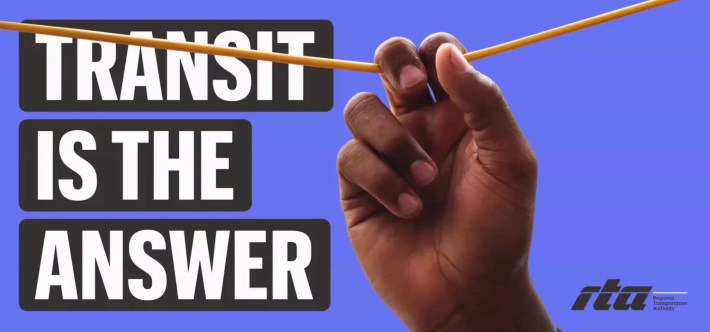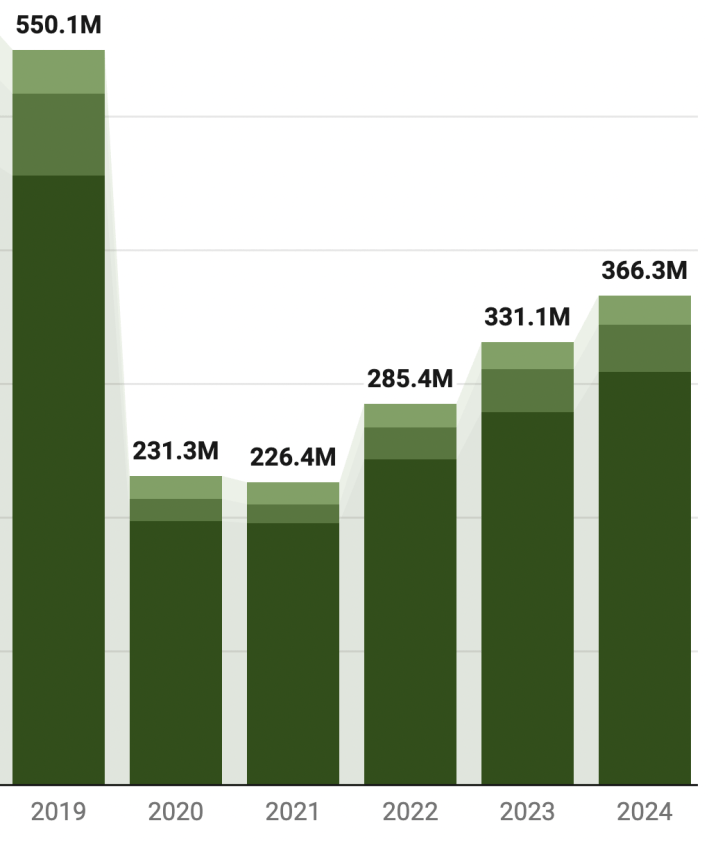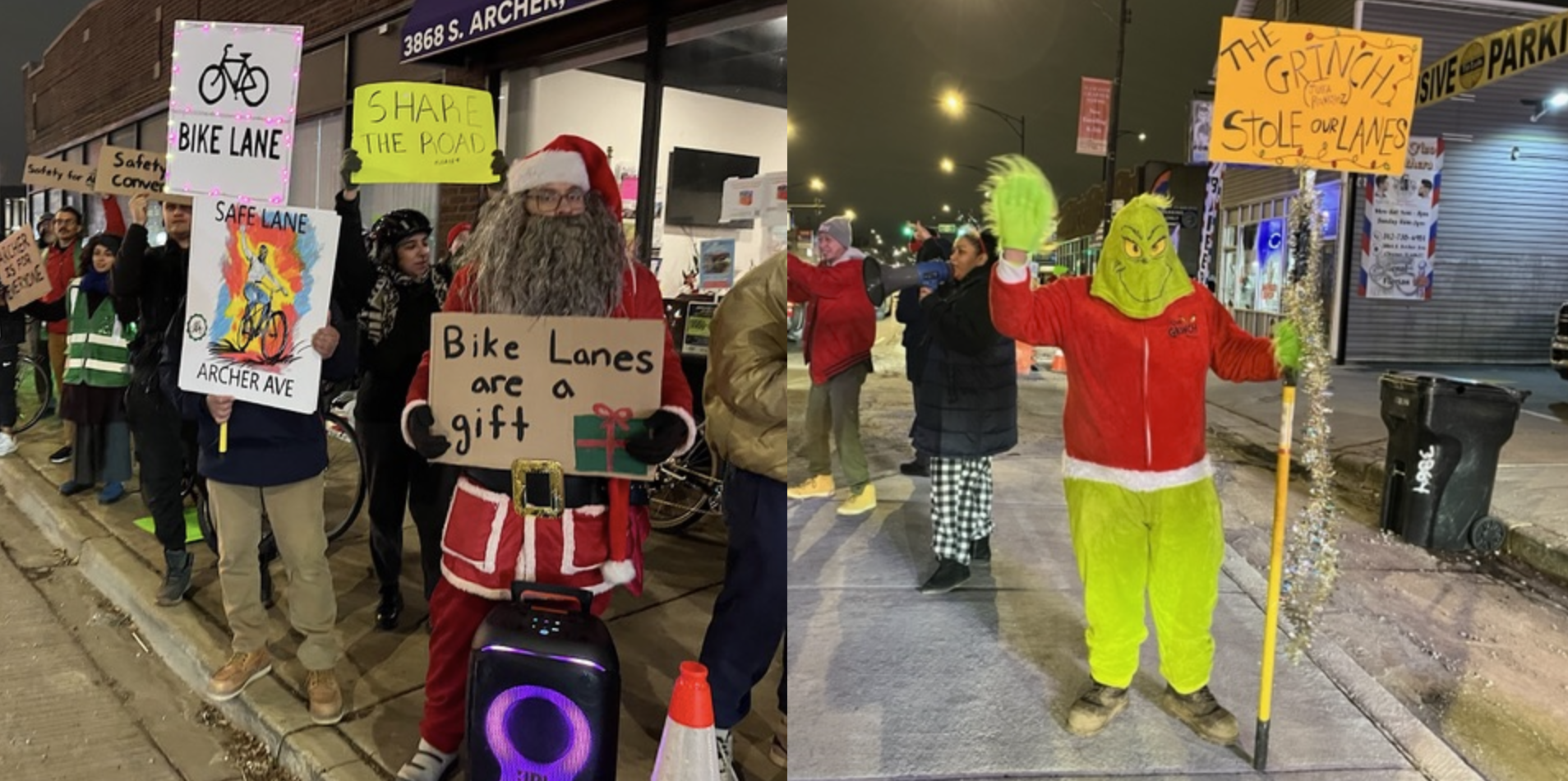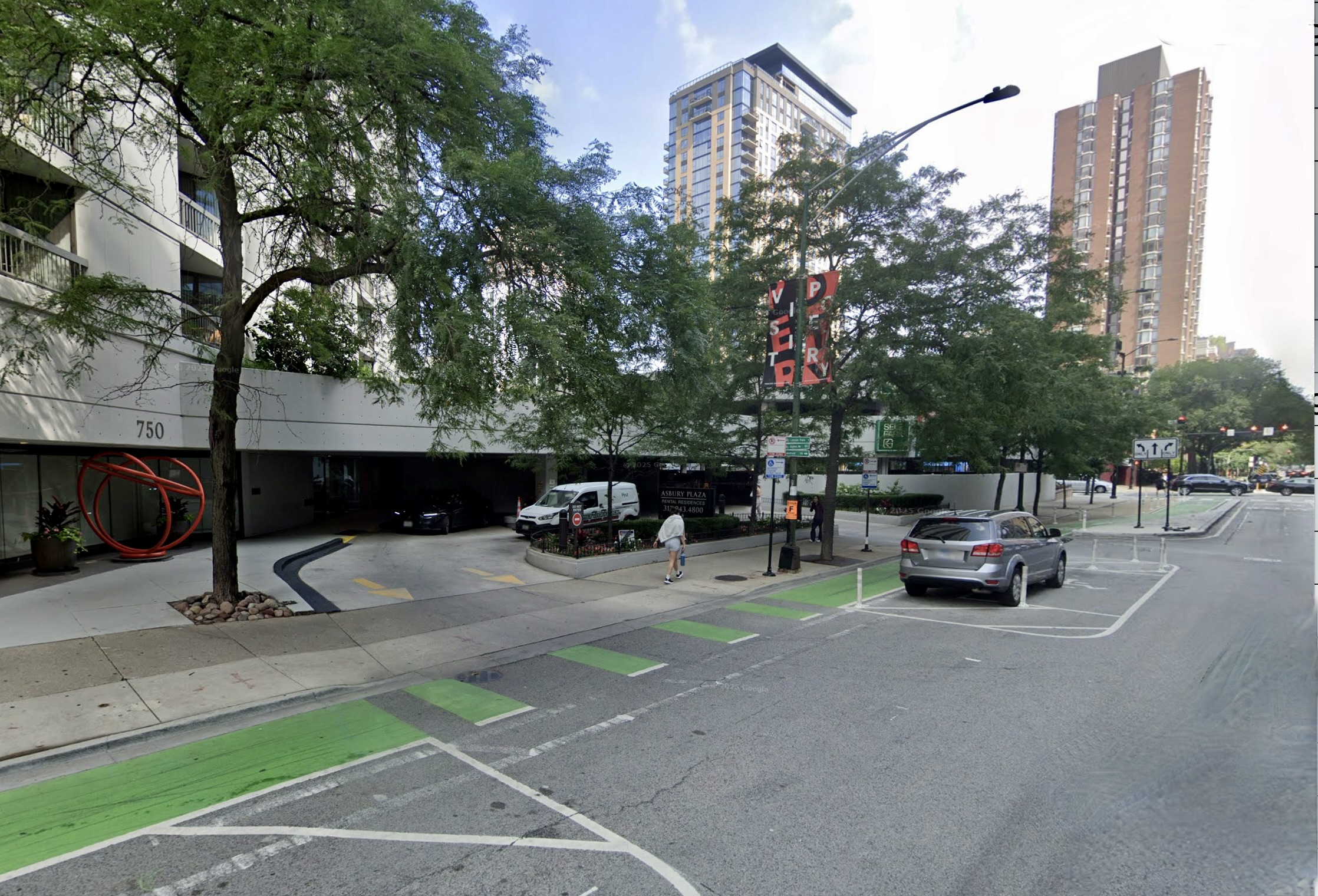
The Transit is the Answer Coalition is an alliance of organizations led by the Regional Transportation Authority, supporting a strategic plan for Chicagoland public transportation. Yesterday they held a public Zoom meeting to discuss the RTA's analysis of the state funding and governance reform bill HB 3438.

This legislation, sponsored by Sen. Ram Villivalam, passed the Illinois Senate at the end of the spring legislative session on May 31, just before midnight. But unfortunately, the bill did not get called for a House vote that night.
So predicting the future of the CTA, Metra, and Pace, as they face a looming $771 million fiscal cliff next year, currently requires specialized equipment. For example here's the response Streetsblog recently got when we asked the question, "Will the General Assembly pass a bill to save transit during the six-day fall veto session, with the required 60 percent supermajority?"

But maybe we should take this answer with a grain of salt. It's likely that a better source of updates is RTA's Regional Transit Fiscal Cliff Hub. Intended as a nexus for info on the legislative sausage-making process and the resulting public transportation budget, the webpage includes links (the Internet kind, not the sausage kind), a timeline, and opportunities to get involved.
During the Zoom, RTA Communications Manager Melissa Meyer said the hub addresses answers all the major questions about the budget gap. The info provided includes the size of the projected monetary chasm, what does it means for riders and transit workers, and what happens next. She said the site will be updated frequently with (web) links to upcoming meetings and other ways to get involved.
"We've made some changes to our budget process this year to be as flexible as possible," Meyer added. "So, the first difference this year is that we're asking CTA, Metra and Pace to develop two budget scenarios due to the uncertainty of if and when new funding will be approved by the General Assembly. The first scenario assumes that no new funding is coming and that service reductions are required. The second scenario assumes that enough funding is made available to avert the fiscal cliff."

Meyer also talked about two different organizations the RTA created to deal with the budget crisis. The first is the fiscal cliff budget task force, made up of representatives of the CTA, Metra, and Pace, which the RTA created. The task force meets every two weeks to update the size and timing of the project shortfall, identify efficiencies, and find opportunities for further collaboration. The second is the fiscal cliff ad hoc committee, which is led by RTA Board Chair Kirk Dillard and also has members from each transit agency. They help guide policy discussions on funding and reform.
"The service boards will need to list any budget balancing actions, such as service cuts that are planned for 2026 or 2027, under the first scenario of their budget process," Meyer said. "We anticipate at this point that the 2026 annual regional budget will include a fiscal cliff that will continue to grow in 2027. If the state provides new funding, the second scenario assumes that the Service Board will be able to maintain current service levels at a minimum. Depending on the level of funding made available, the service boards could also further illustrate their expansion scenarios to grow transit service in our region as ridership continues to rebound."

The total number of CTA (dark green), Metra (medium dark green), and Pace (light green) trips taken in recent years, showing the nosedive at the start of the pandemic, and a steady recovery in the past few years. Image: Illinois Policy Institute using RTA data.
Next, RTA Program Specialist Beatrix Yan talked about how peer cities are dealing with their fiscal cliffs. The key findings were that Chicago has stretched its COVID-19 relief funding further than most of its peers. While others have used up their relief funds, they've also received some stopgap funding from the state. But New York's MTA is the only agency with a stable footing for operations revenue, and other systems will require future transit funding legislation to provide longterm stability. The poster child for a public transportation doomsday scenario is Philadelphia's SEPTA.
20% service cuts and a fare hike on 9/1, then 25% more service cuts on 1/1, followed by "dismantling the SEPTA system"? Yikes, that is not the kind of "Philadelphia Freedom" (🎵) we want in Chicago. 😬Springfield, we're counting on you to fund transit!@ctaction.org @betterstreetschicago.org
— Streetsblog Chicago (@chi.streetsblog.org) 2025-08-13T19:07:45.028Z
But an audience member on the Zoom said that on the other side of the Keystone State, Pittsburgh Regional Transit is using funds received to prevent service cuts. That person asked if that approach would be possible for the CTA, Metra, and Pace. RTA Senior Deputy Executive Director of Planning and Capital Programming, Maulik Vaishnav responded that some of the reserves at agencies were built through COVID relief funding that came through, such as positive budget variance.
"So, in our case, RTA allocates funding to CTA, Metra, and Pace as it comes in," Vaishnav said. "So, for example, you might have heard that the sales tax has been coming in stronger than anticipated in 2025, and that directly flows, mostly through a formula, through to CTA, Metra, and Pace, but at each agency, there are reserves that are primarily helping delay the service cuts or other impacts. So far as you know, the federal funding [was all from] all one-time bills, and it's been at least three years since the last tranche of funding came through. So the ability to stretch those dollars since the last funding bill has primarily been through reserves and strong expense controls. So we are definitely taking advantage of this. The size of our system, on the other hand, is not comparable to Pittsburgh, which is very small."

"And therefore we estimate that in 2026 at some point, without additional funding, all of the [Chicago transit] reserves will be depleted, so the agencies would be required to look at things like service cuts," Vaishnav concluded.
During the final part of the Zoom call, RTA Principal for Government Affairs Kyle Whitehead talked about reform HB 3438, it plan for the Northern Illinois Transit Authority (sort of the RTA on steroids), and what comes next. "Rob [Nash, RTA Director of Government Affairs] was getting into this earlier as well, and I think many folks on the call know Governor [J.B.] Pritzker and legislative leaders are saying they are continuing to work on transit funding and reform through the summer and into the fall, but they have not yet set a firm timeline for any future action. As legislators consider their next steps, RTA continues to advocate for a swift, transparent, and inclusive process that gives the public and key stakeholders the time needed to review major policy changes and provide feedback and input on how it will affect them and their constituents."
Video of yesterday's meeting.
Check out RTA's Regional Transit Fiscal Cliff Hub.
Read Streetsblog Chicago's recent interviews with state legislators about what's going on with passing a transit funding and reform bill:
• Sen. Mike Simmons and Rep. Hoan Huynh

Do you appreciate Streetsblog Chicago's paywall-free reporting and advocacy on sustainable transportation and traffic safety issues? If you haven't already, please consider making a tax-deductible donation here to help us continue publishing in 2026. Thank you!





